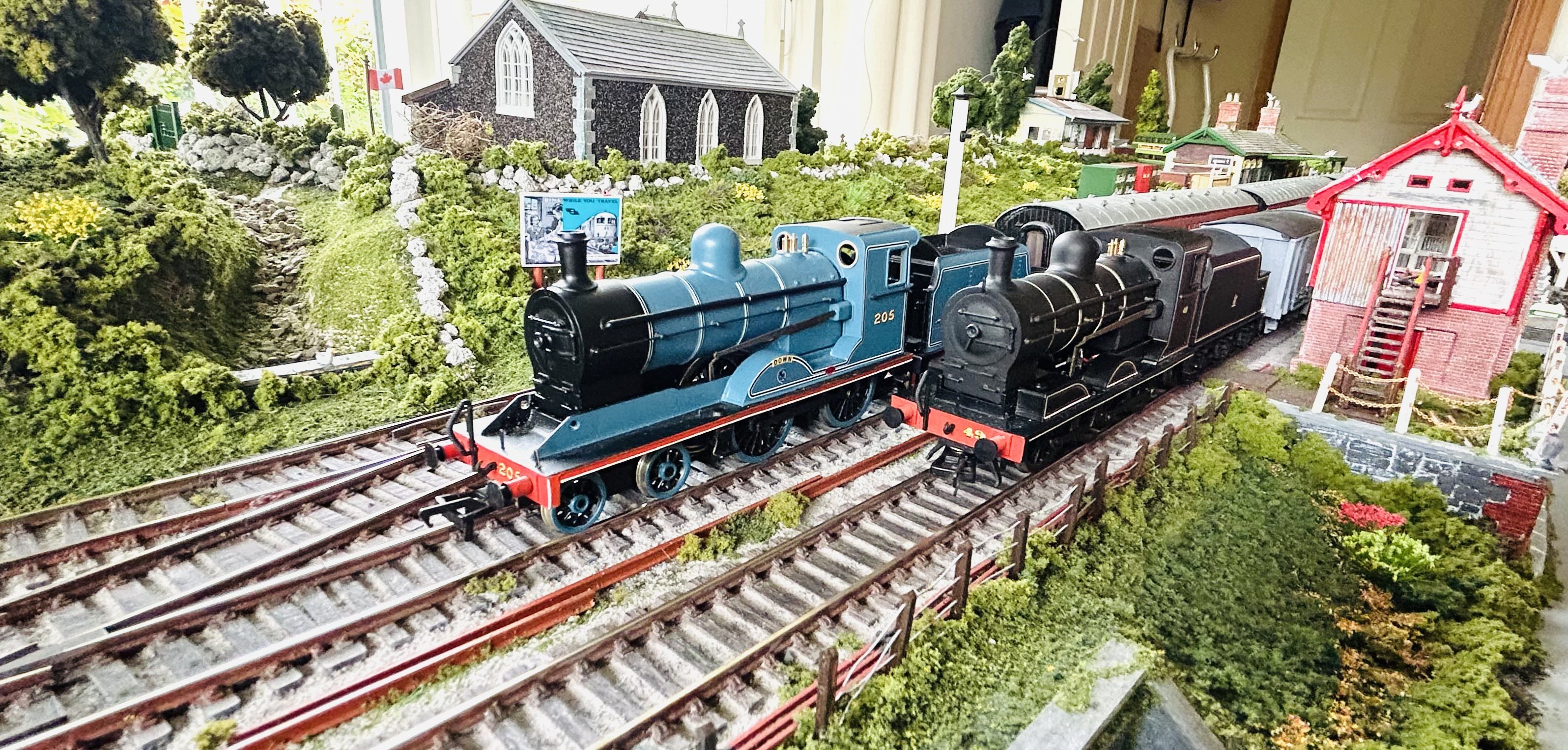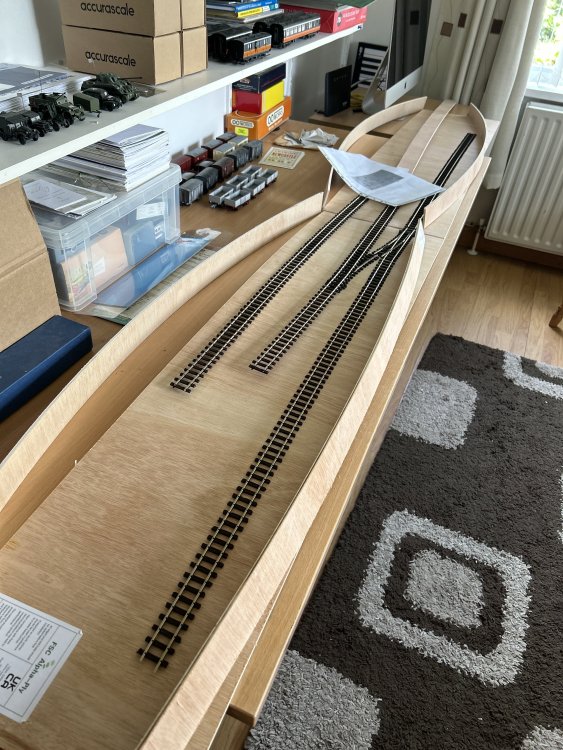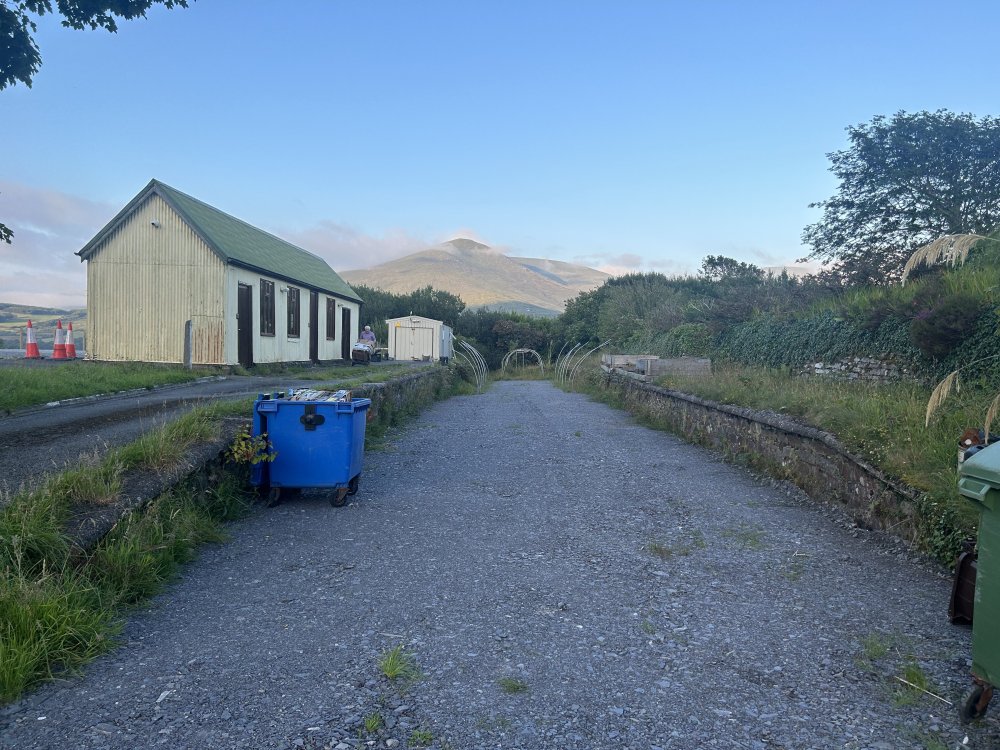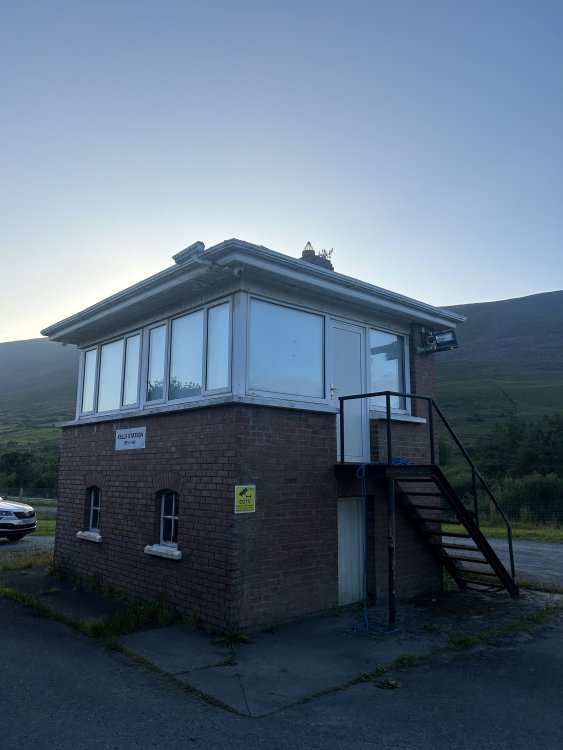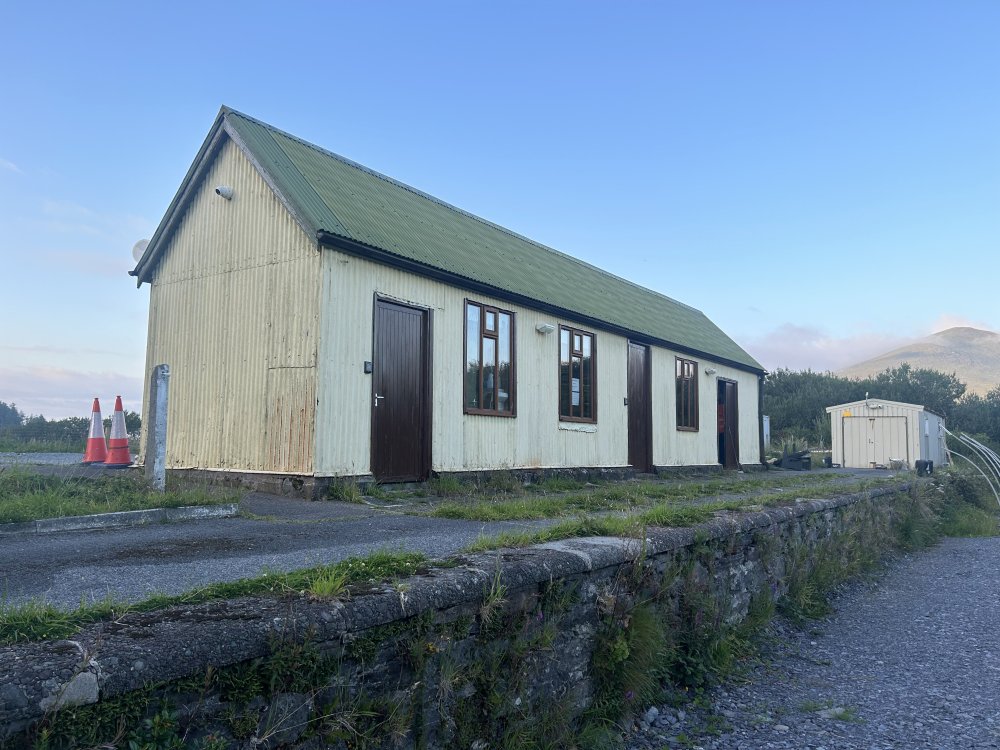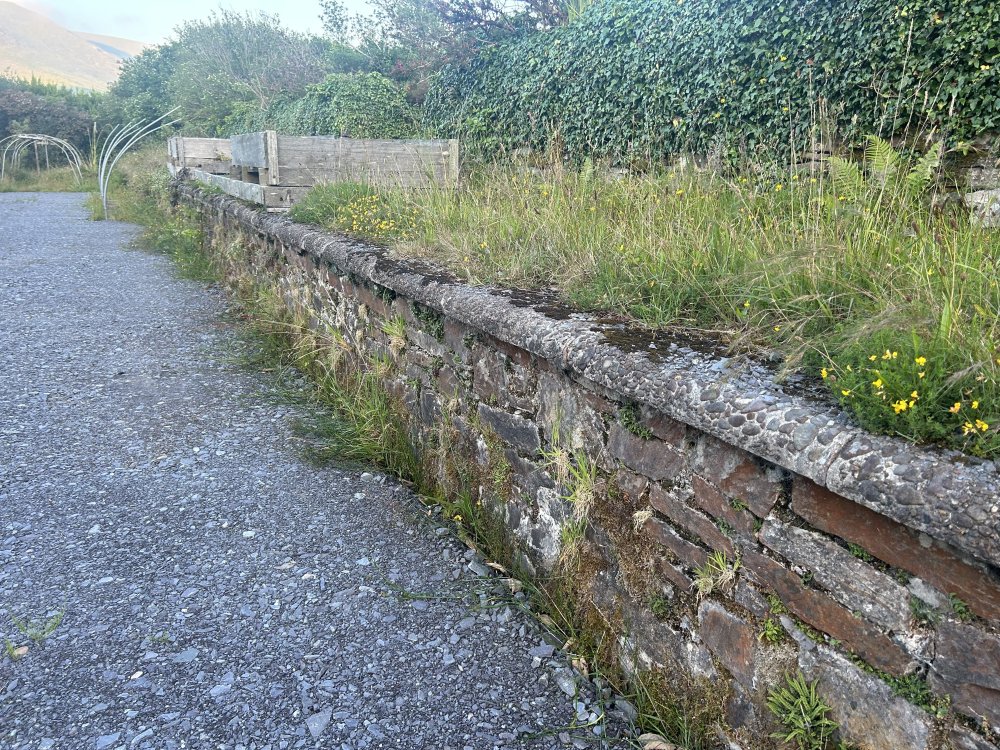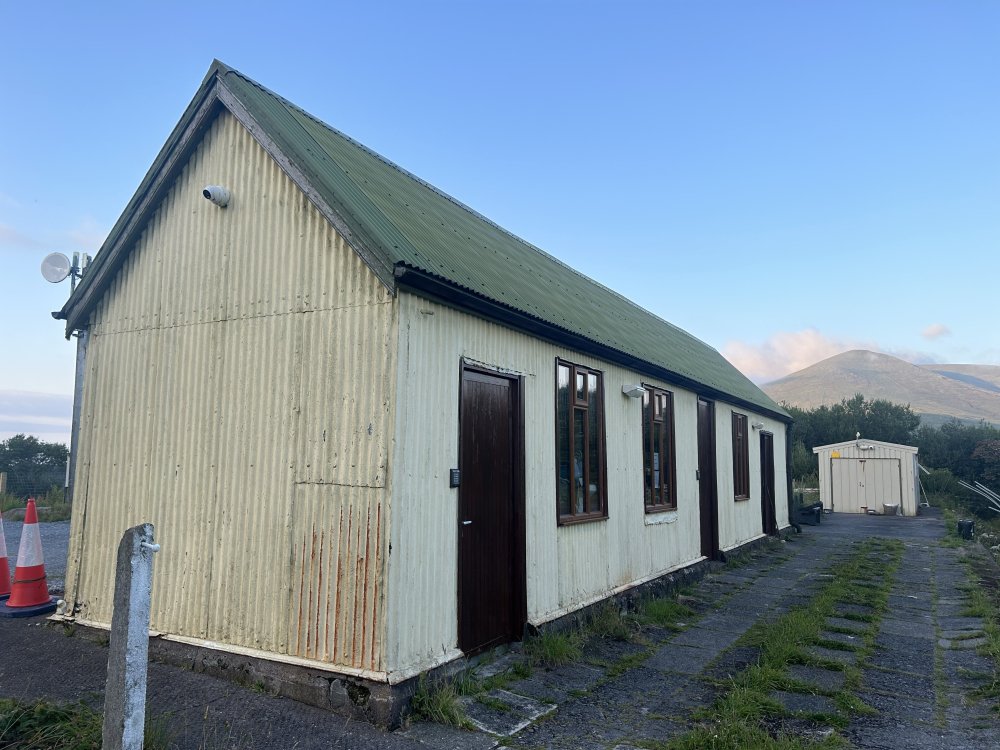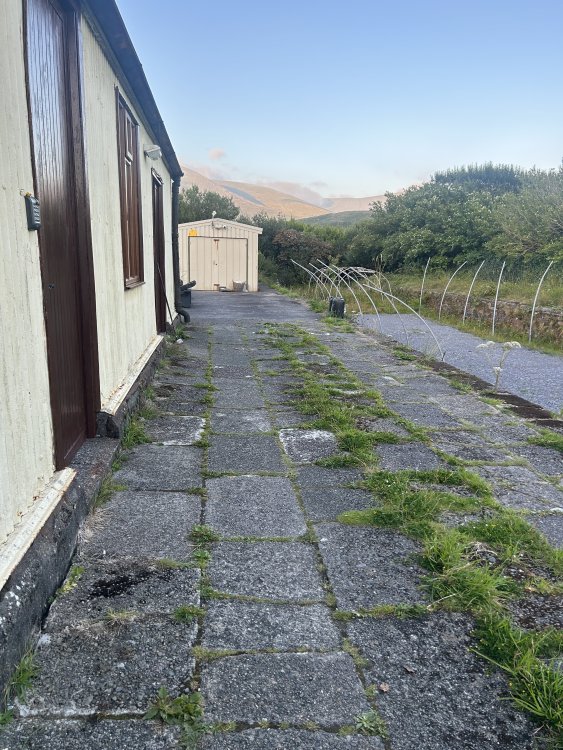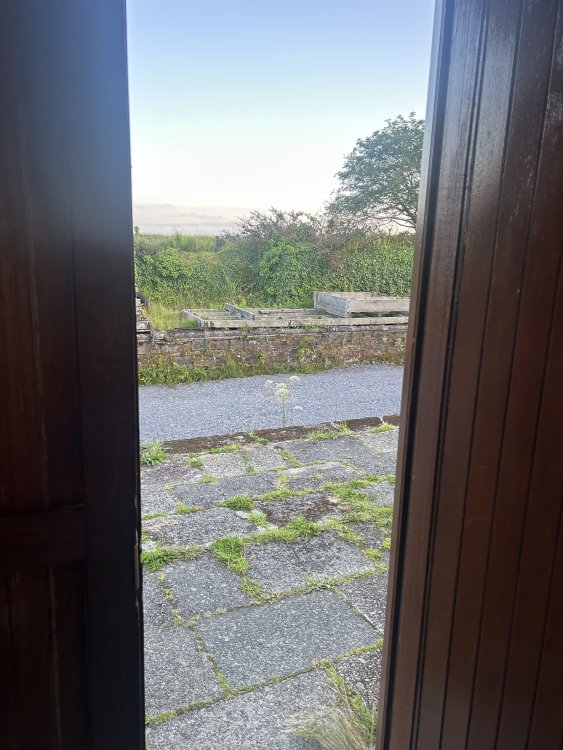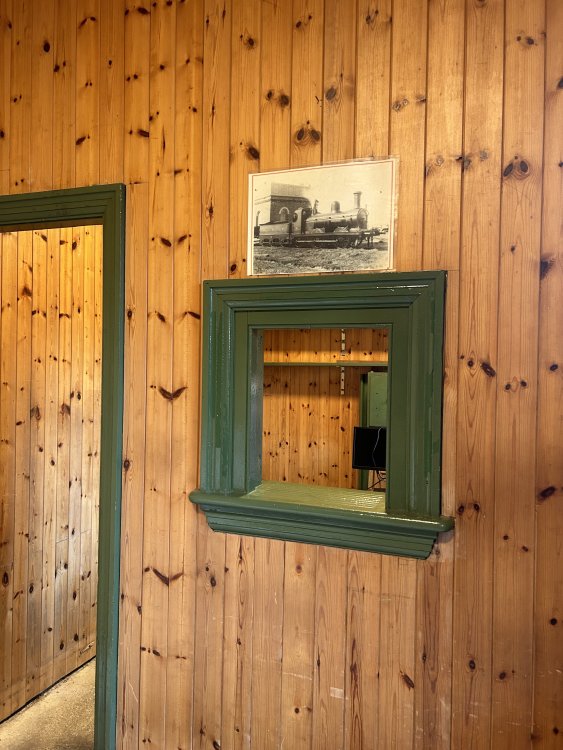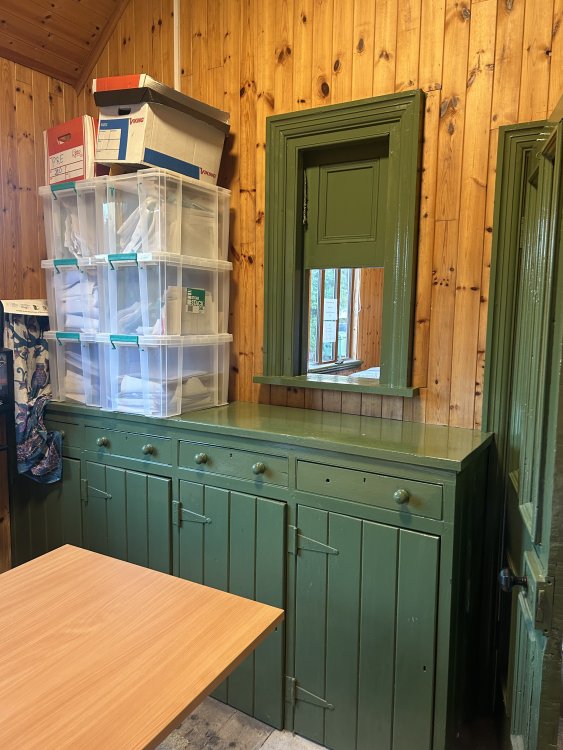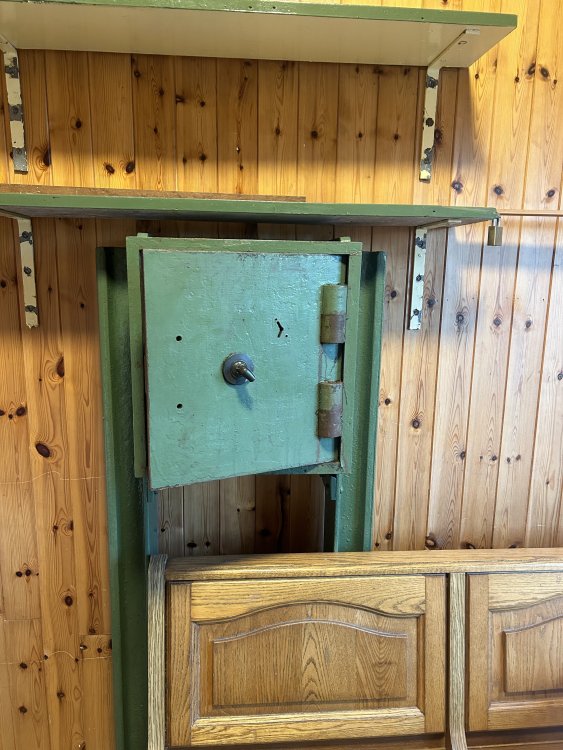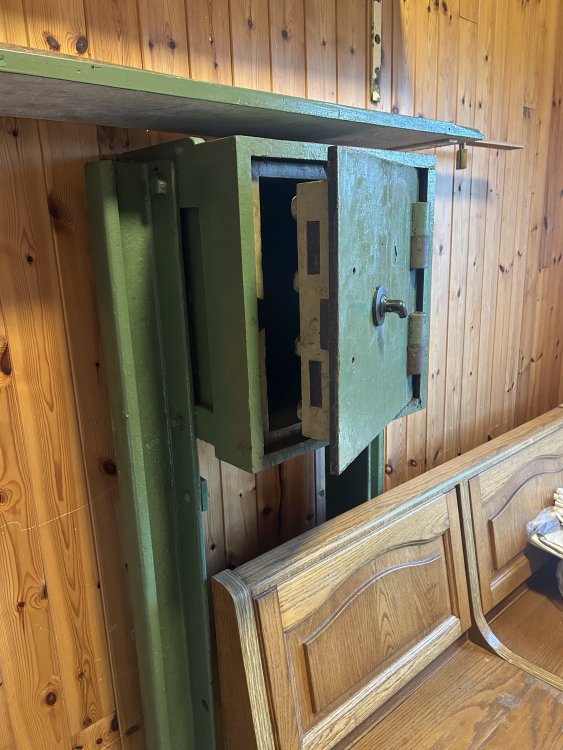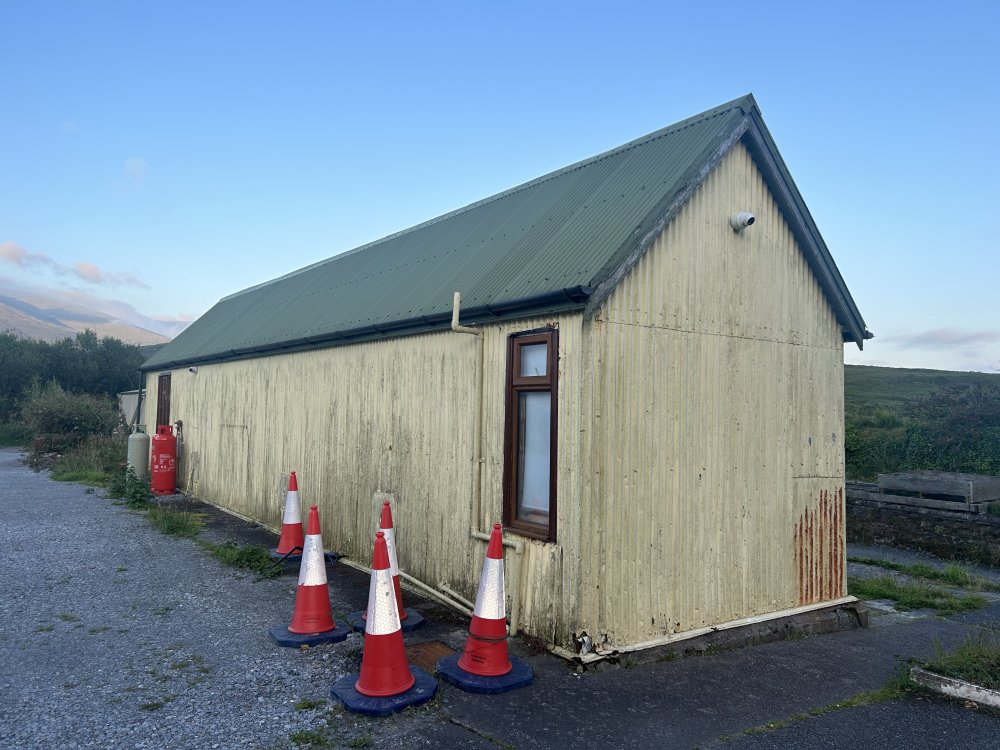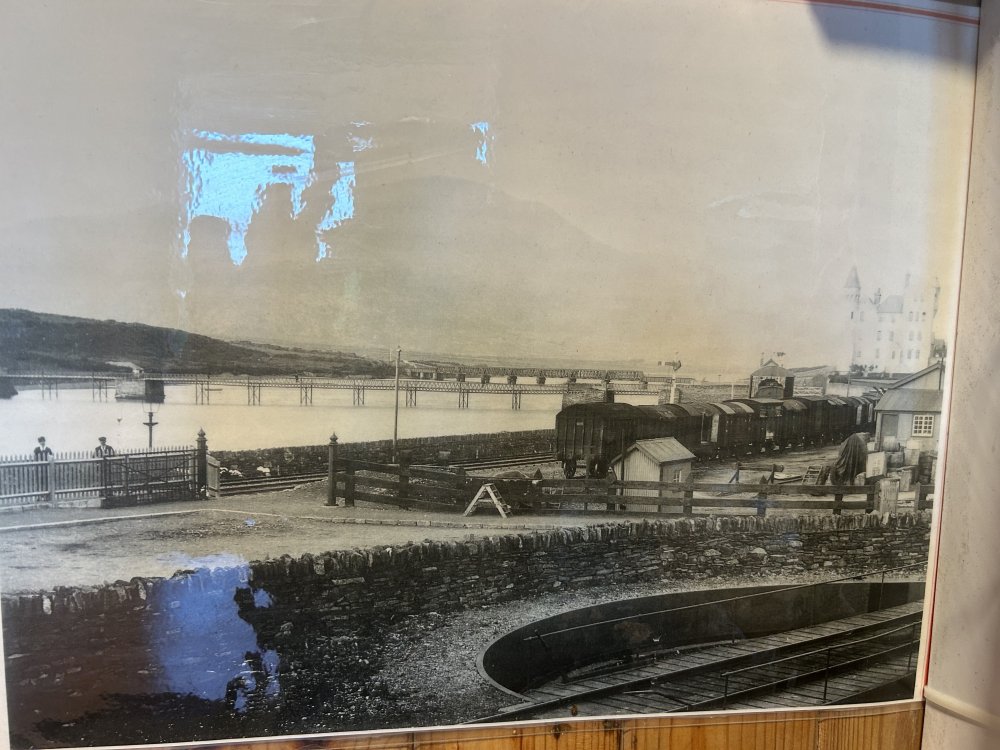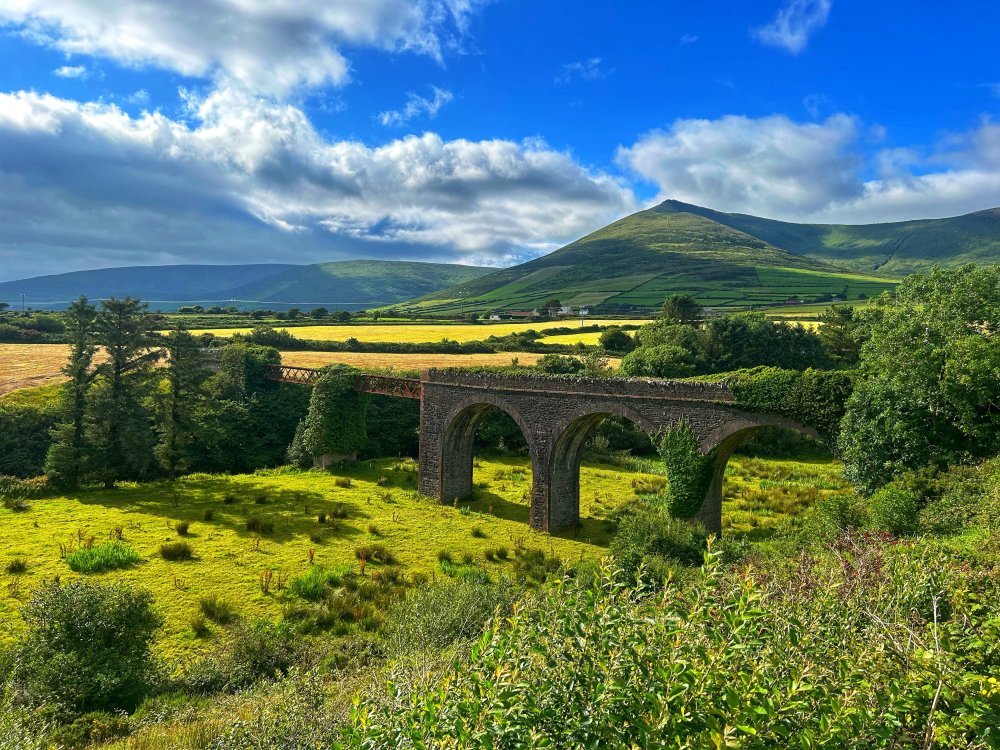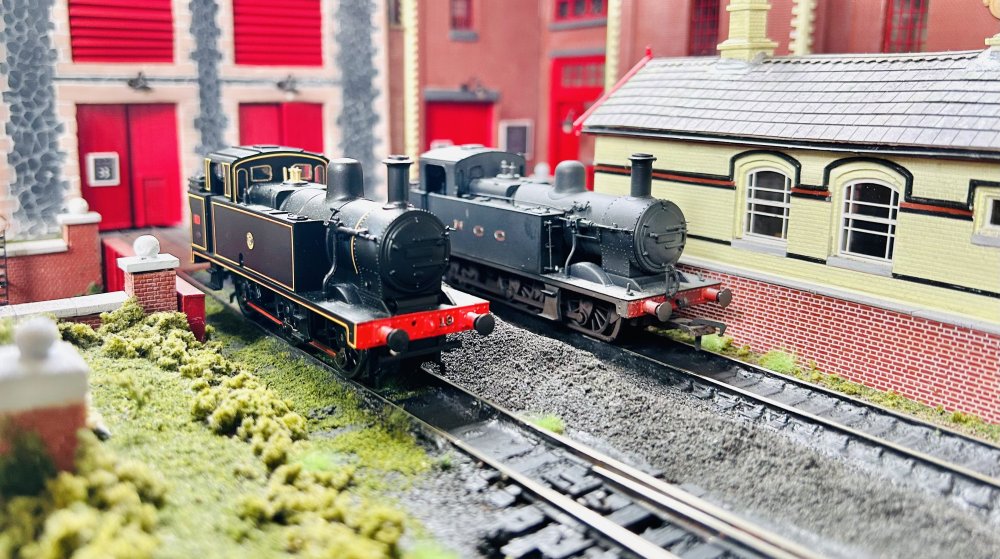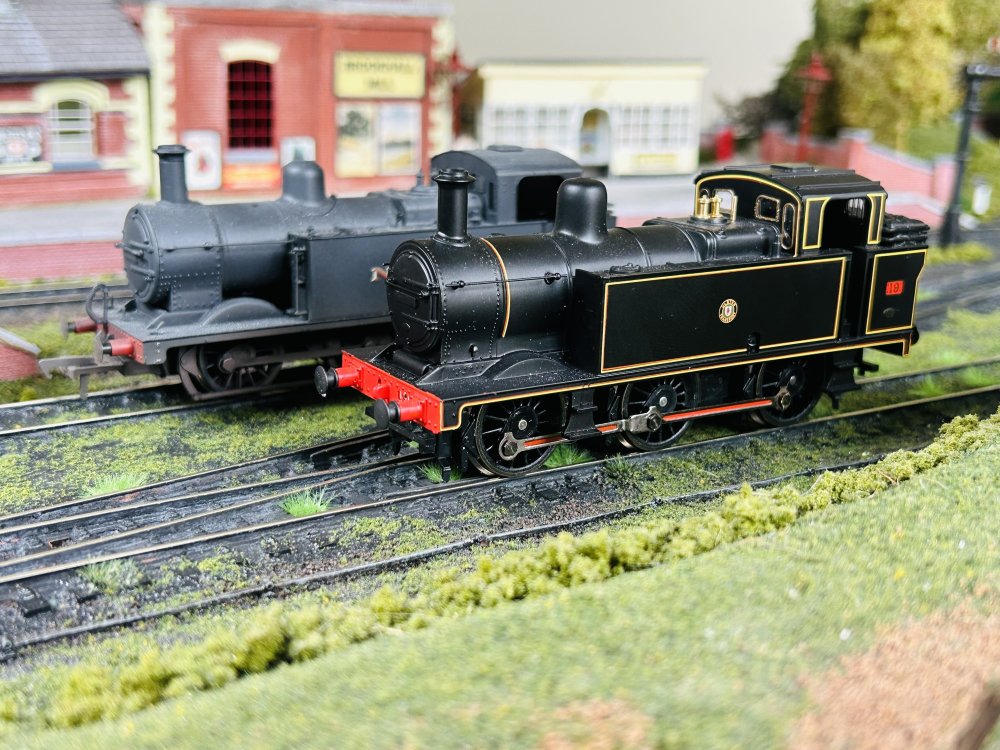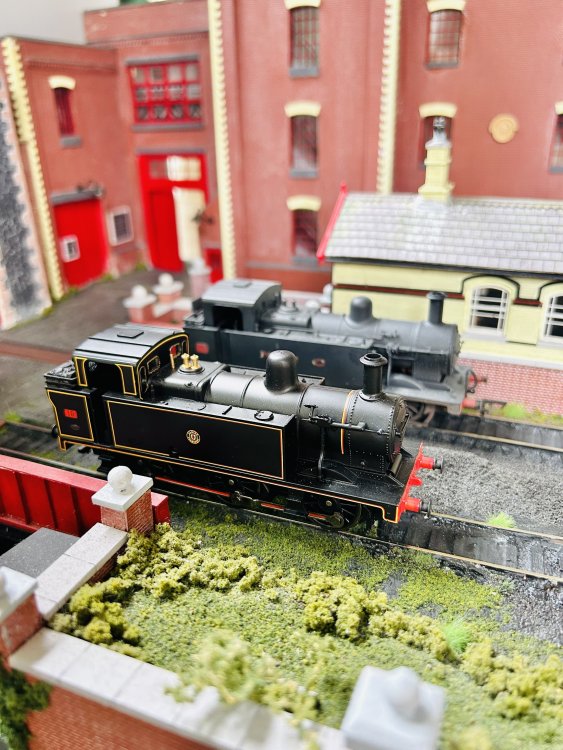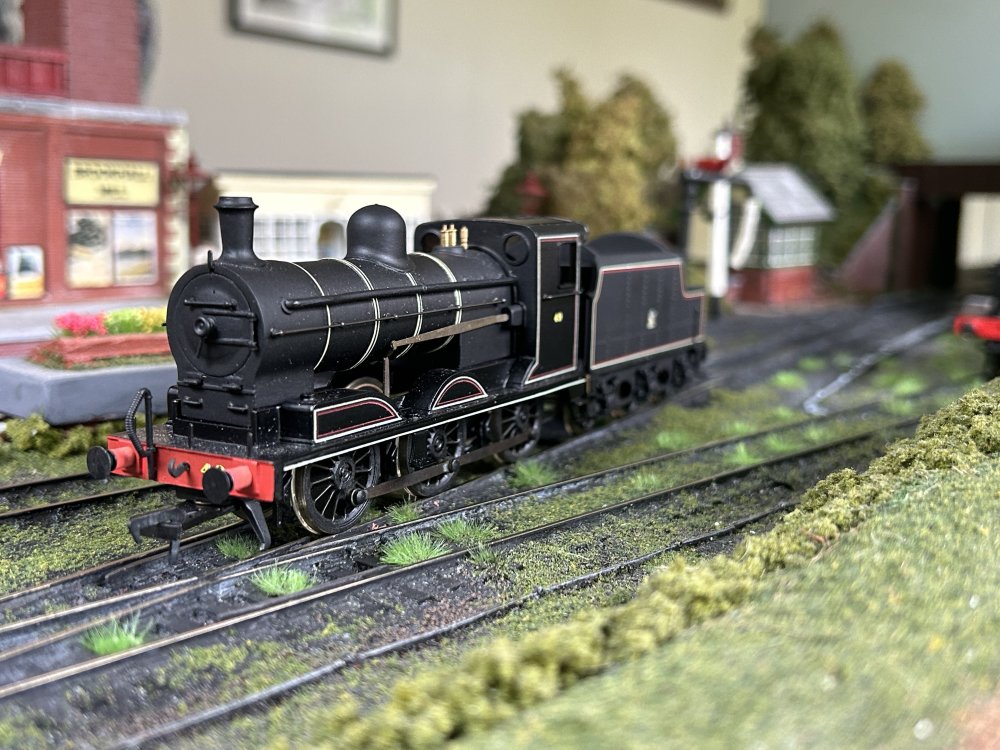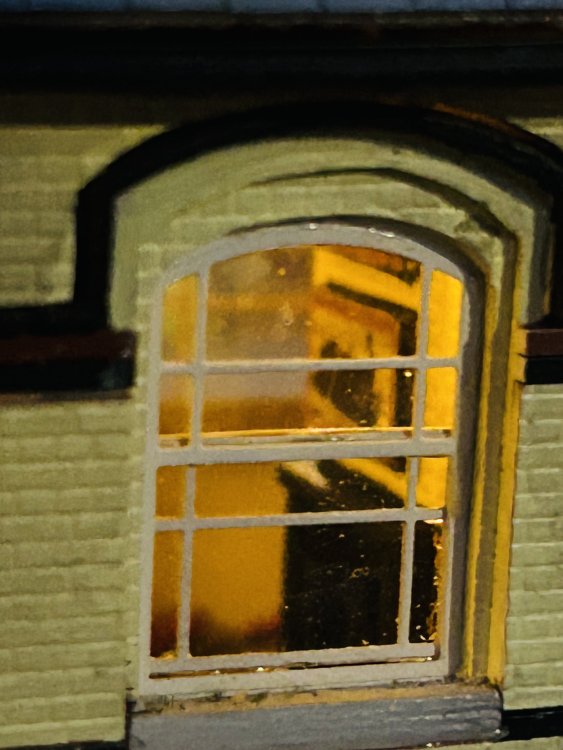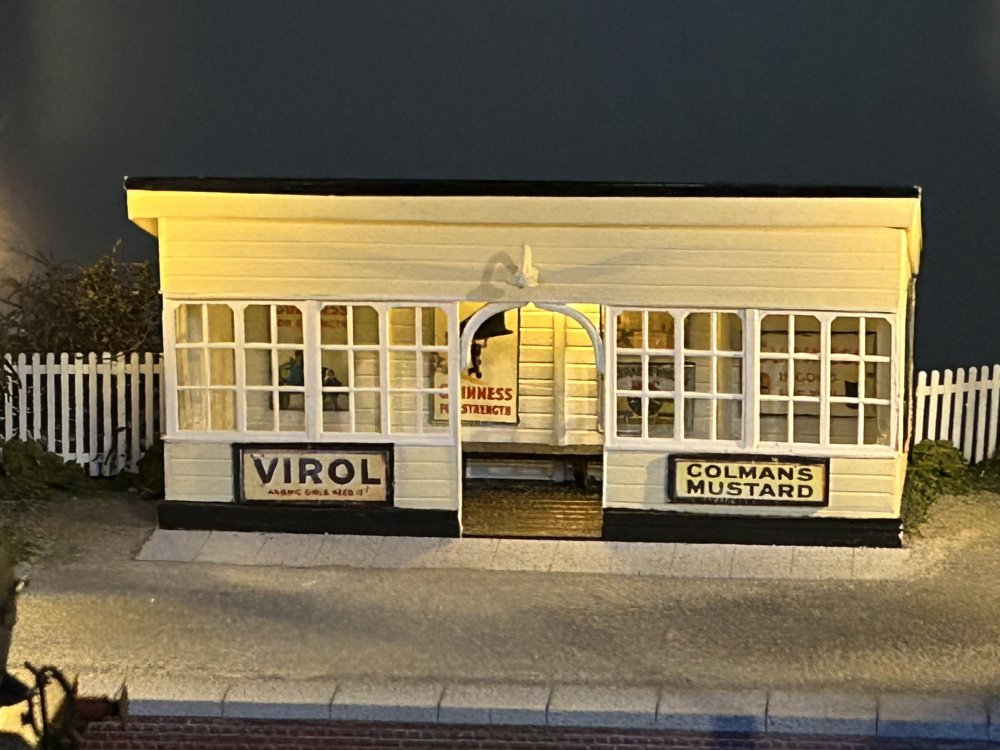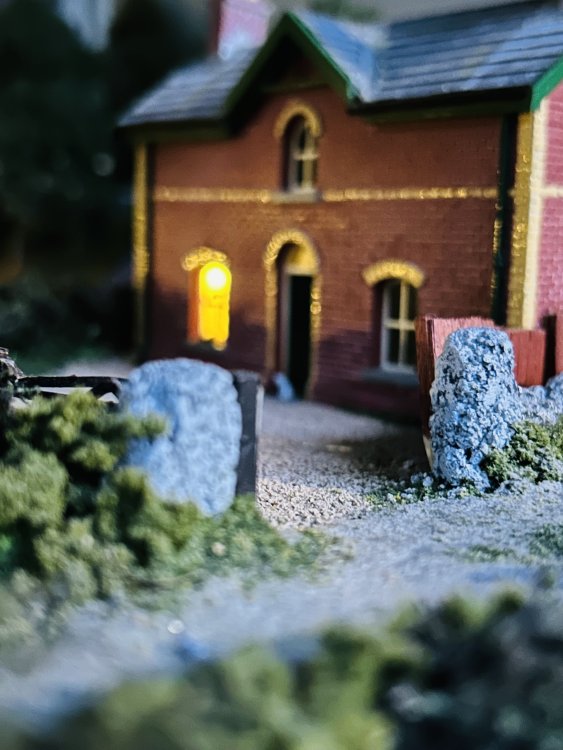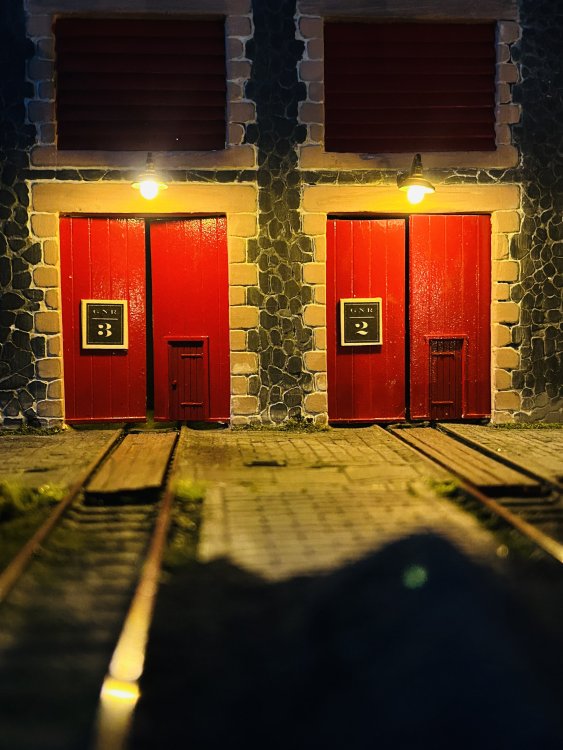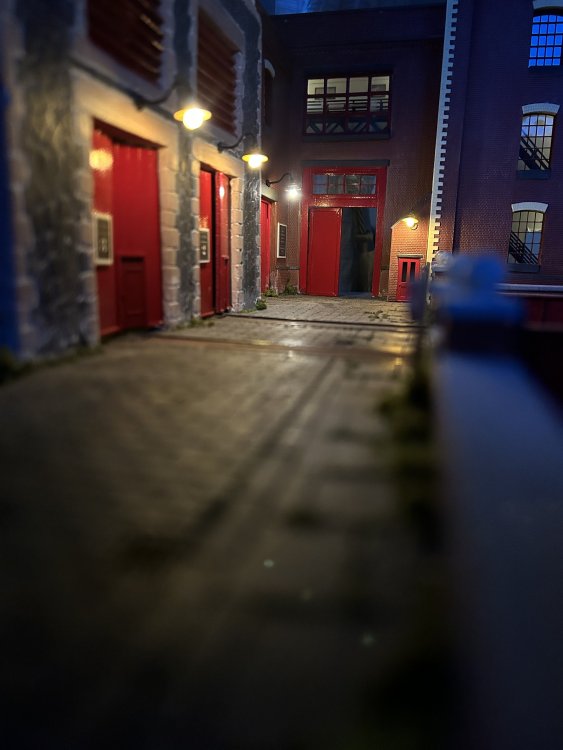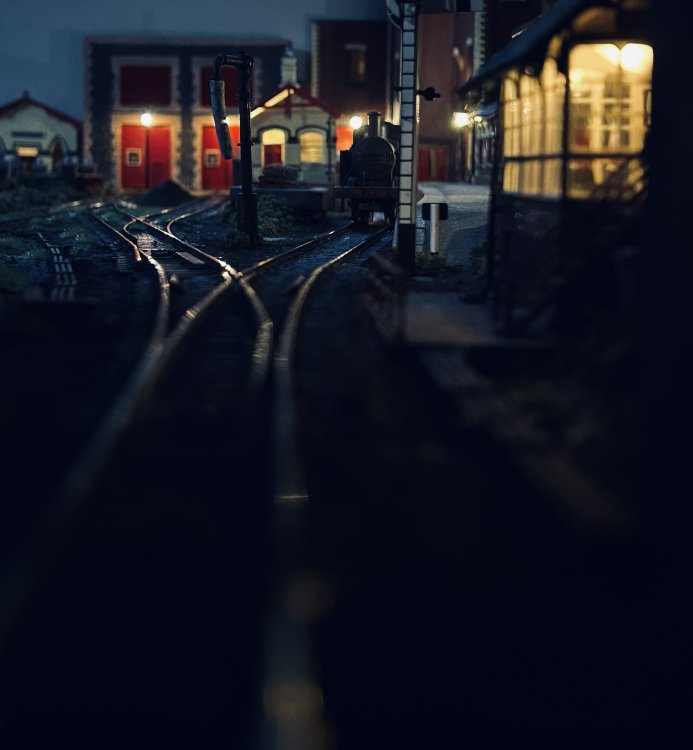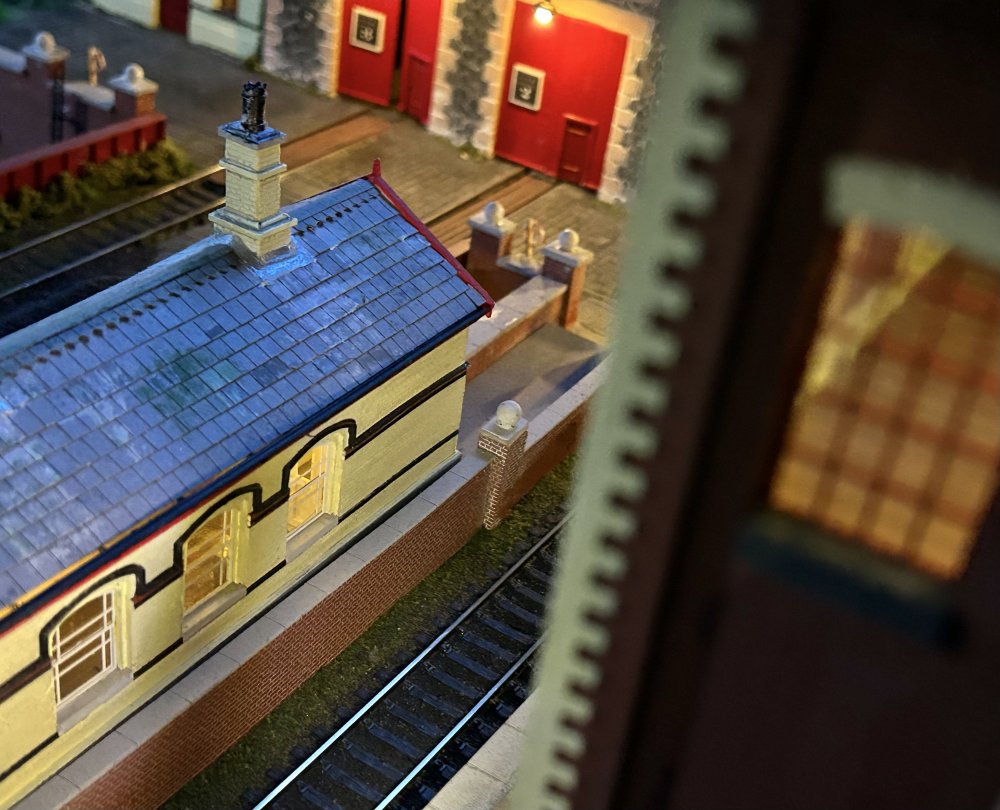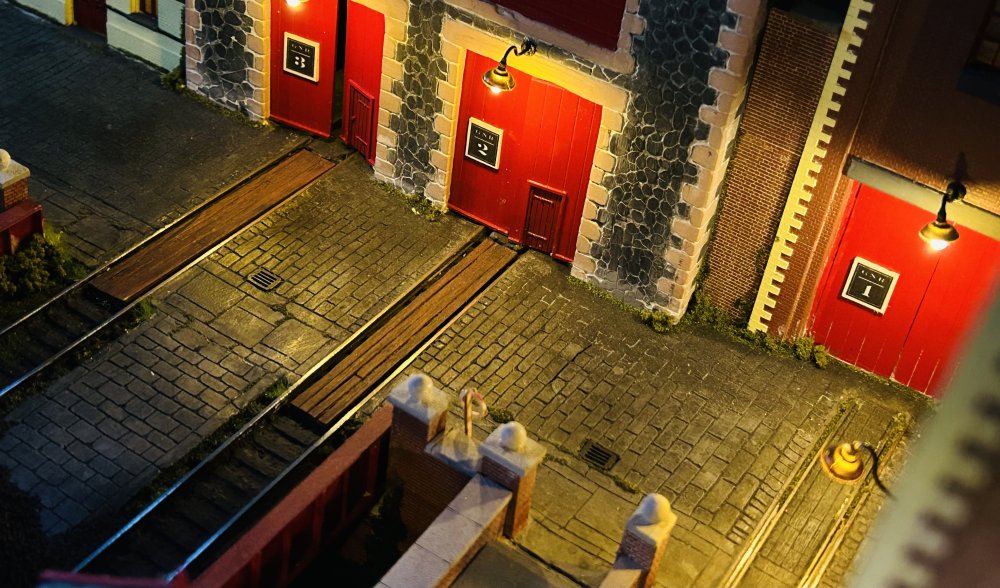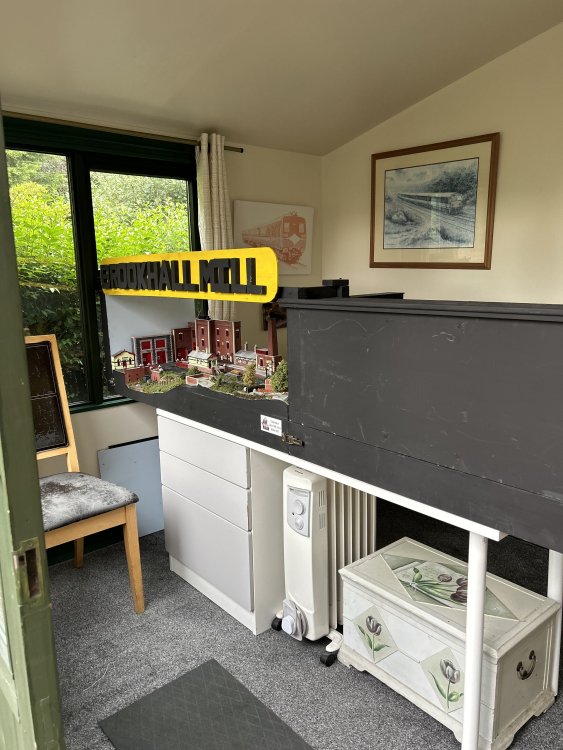-
Posts
2,338 -
Joined
-
Last visited
-
Days Won
133
Content Type
Profiles
Forums
Events
Gallery
Blogs
Store
Community Map
Everything posted by Patrick Davey
-
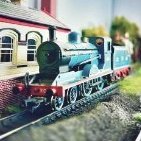
A 3d printed 800 class for 00 (and a WLWR goods loco)
Patrick Davey replied to Killian Keane's topic in Irish Models
Fabulous! -
- 82 replies
-
- 12
-

-
Looking forward to seeing the layout develop Darius.
-
Just admiring this magnificent building again Alan. I definitely think it’s my favourite one of your many wonderful creations, probably because I know the prototype building so well. And bearing in mind your comment about the signalman’s tie, I can safely say this one Trumps all other signal cabin builds.
-
Totally amazed by the steps Alan!
-
Really looks the part Alan!! Does the signalman have a name? He looks a bit distant…….
-
I have visited Kells station in Co. Kerry many times - in fact I have visited all 3 Irish stations named 'Kells', but I digress...... This one was on the long branch from Farranfore to Valentia Harbour, which closed back in 1960. The station had up and down platforms, a classic (for the branch) corrugated iron-clad station building, as well as a stationmaster's house - it does not seem to have had a goods shed. The site is owned by Kerry County Council I believe and each time I have called, the station building has been locked. Not so tonight - a council employee was on business at the station and he kindly let me into the building and I was amazed to see how many original features remain.
- 4 replies
-
- 13
-

-

-
Very nice!
- 4 replies
-
- 2
-

-

-
- oo compact layout
- british rail outline
- (and 3 more)
-
Looks first class!
-
Simply wow
-
Delighted to at last meet this absolute icon of the Irish narrow gauge! Lispole Viaduct, on the famous Tralee & Dingle Railway in Co. Kerry. More T&DR explorations tomorrow.
-
- 10
-

-
Turning into a bit of a 'mare this. Anyway, to bring us back from the inevitable insanity, here are the SEVEN answers! Murphy Models - 121 class No. 125, Cravens carriage Irish Railway Models - A class No. A3r, A class No. A15, H vans Silver Fox - steam heating van Irish Freight Models - tin van Provincial Wagons @leslie10646 - H vans, ex-GNR cement vans Enda Byrne @Past-Avenue - Palvan JM Design @Mayner - CIE 10T covered van, 20T brake vans There are at least another three suppliers represented in my collection so maybe some day I'll make a video featuring all 10!
-
5 right! Who is the last one?????
-
Edited to add the word ‘model’ 4 right…….
-
Here's a challenge - can you count and name all the manufacturers of model Irish railway locomotives and rolling stock who are represented in this video, which shows a passenger train and a goods train departing Clogherhead? Some are obvious, some less so....... Clogherhead.mp4
-

Class 50 Run 1 Update - Let's Talk Unpainted Parts
Patrick Davey replied to Warbonnet's topic in British Outline Modelling
I've watched reviews and they all mentioned this so as expected, Accurascale steps up and provides a perfect fix. Superb customer service every time! -

Old Portadown Station and Junction
Patrick Davey replied to Portadown's topic in Irish Model Layouts
Wowwwwww!! -

Brookhall Mill - A GNR(I) Micro Layout
Patrick Davey replied to Patrick Davey's topic in Irish Model Layouts
Early UTA days at Brookhall Mill and both NCC Jinty tanks have arrived, one has already been decorated in the smart UTA livery of black with red and straw lining. Then a decade later, ex-GNR locos started to appear in the UTA livery, including UG No. 49. -

Brookhall Mill - A GNR(I) Micro Layout
Patrick Davey replied to Patrick Davey's topic in Irish Model Layouts
As explained elsewhere, Brookhall Mill will shortly be retired to make space for the next project. I have today assembled the layout in ‘exhibition’ mode for a few final running sessions, and here are a few nostalgic photos just to make me feel really guilty….. This became my favourite part of the layout. I eventually got the electrics right! Interior detail was an obsession- 613 replies
-
- 10
-

-

Beagnach end: A Branchline terminus.
Patrick Davey replied to Metrovik's topic in Irish Model Layouts
Nice work! Good to see another update! -
Pleased to report that BHM has been successfully relocated to the outbuilding, and remains fully operational
.png.c363cdf5c3fb7955cd92a55eb6dbbae0.png)
